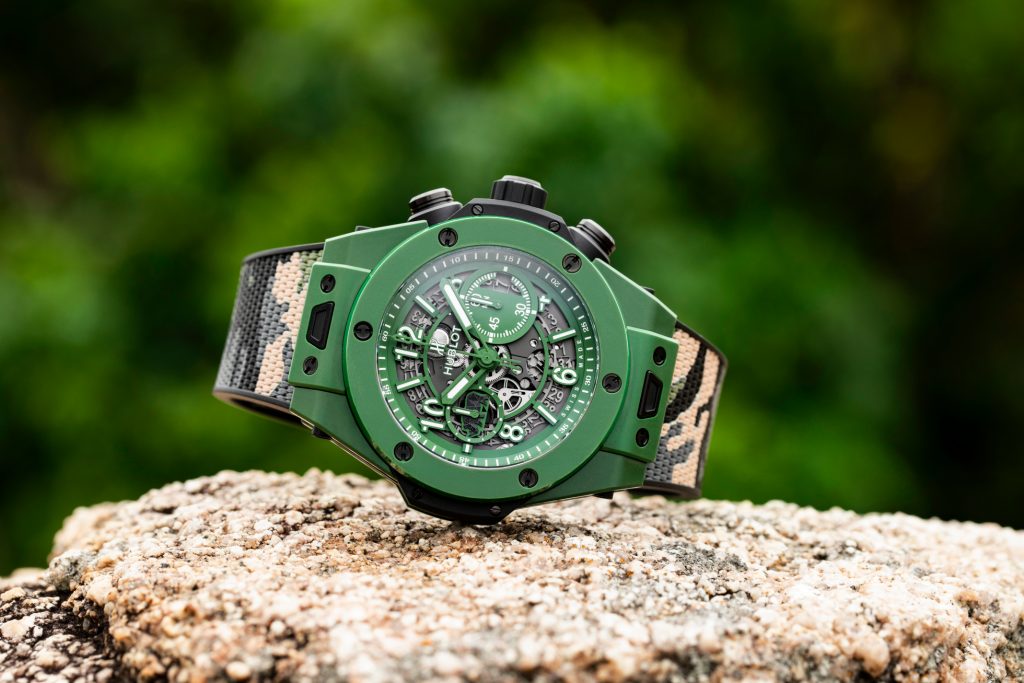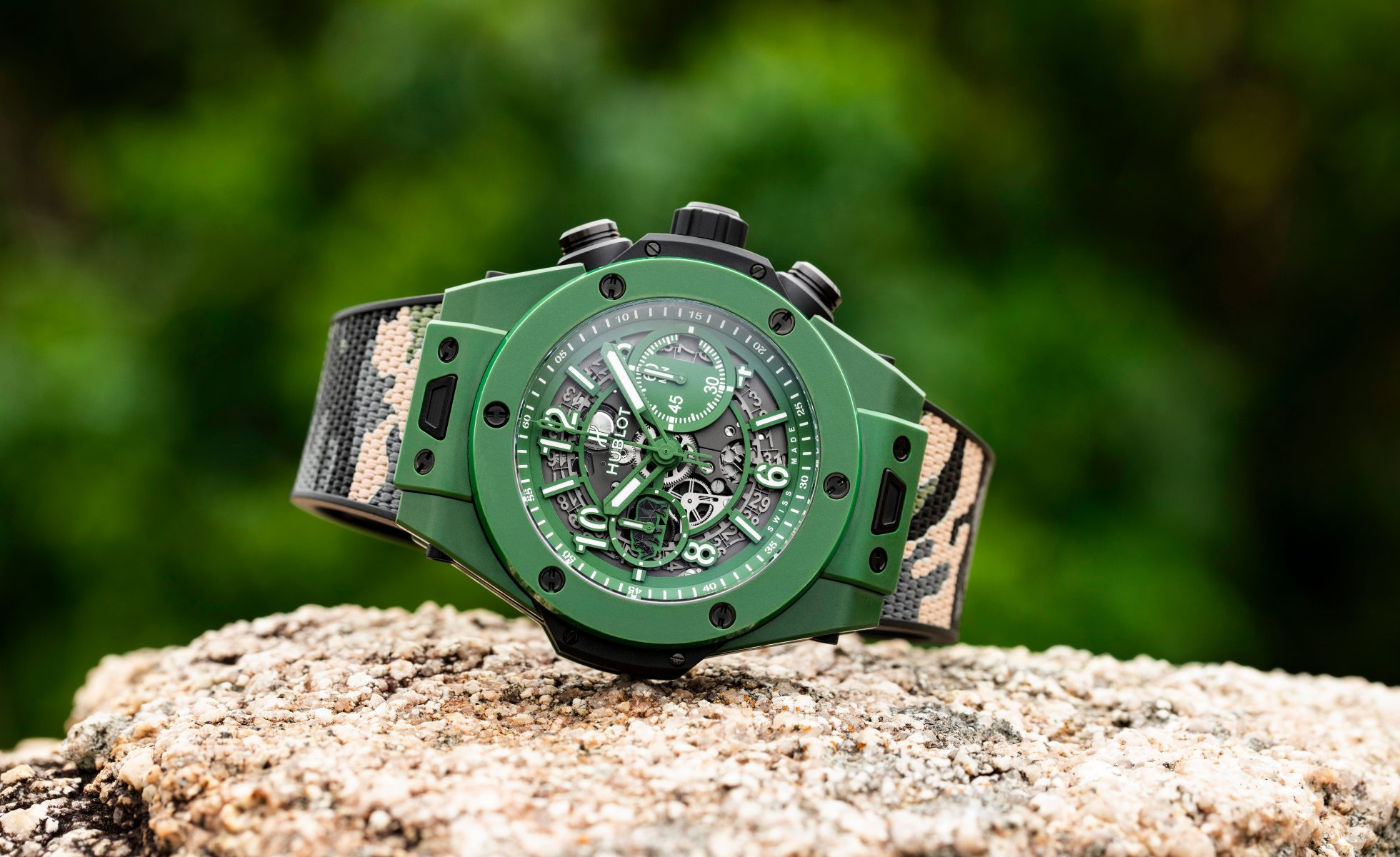Kevin Pietersen was always a box-office cricketer with his swashbuckling, front-foot style making him one of England’s most gifted batsmen. During the course of making more than 8000 Test runs, including 23 centuries, the man known as “KP” faced down some devastating bowlers. “Shoaib Akhtar was pretty fast and Mitchell Johnson bowled that fast series against us in 2012-13,” he recalls to T+T over Zoom. “But I was never scared of any bowler, because there’s a defence mechanism and you train for it. Whereas you’re pretty defenceless when you’re charged by a rhino…”
Pietersen confronted that situation on a walking safari in South Africa. He and a guide were tiptoeing past a white rhino just 25 metres away when the wind changed. “The animal smelled us and wasn’t happy,” he says. “Suddenly it charged. In that moment, you actually don’t have time to think, but luckily it got a fright and ran right passed by us.”

That nerve-shredding encounter did nothing to quell KP’s zeal for rhino conservation. It was a passion that began in 2013 when he reconnected with Africa, the country where he’d originally grown up.
“While I was visiting South Africa, I was invited to help micro-chipping elephants (for tracking purposes). We saw this elephant that had been caught in a poacher’s snare and helped it get free. I remember watching that elephant get up and walk off into the distance and sort of shake his head as an appreciation for what we had done.
“When you’re in that situation, you realise that there is something that you can do to help by spreading awareness. I decided that I was going to do it.”
Determined to help protect endangered species, Pietersen started his conservation charity SORAI, whose name stands for Save Our Rhino Africa India. Right now, their efforts are more urgently needed than ever. The rhino population is dwindling fast – the World Wildlife Fund reports that at the beginning of the 20th century, 500,000 rhinos roamed Africa and Asia, but that figure now stands at around 27,000. Worryingly, SORAI believes the rhino could even be at risk of total extinction by 2025.
This decline is primarily down to the poachers who kill rhinos in order to sell their horns. Unfortunately, COVID has exacerbated this trade by decimating the tourism that so many people rely upon. Selling rhino horns is therefore a way to make some cash as the demand remains bewilderingly high.
“People believe through ancient beliefs that a rhino’s horn cures cancer. They believe they can use it as an aphrodisiac,” Pietersen says. “But the biggest issue at the moment is that the horn is a symbol of wealth because of how expensive it is on the black market – people want to have it on their mantlepiece. It’s like driving a Ferrari, but better.”
SORAI’s charitable efforts soon gained the attention of Hublot. In 2019, this resulted in a collaboration to make the limited-edition 1:1 top fake Hublot Big Bang Unico SORAI watches with skeleton dial, whose sandy tones were specially calibrated to match the dusty colours of Africa’s bush land. Hublot donated a large part of the proceeds from the watch (they don’t specify the exact amount) to Care for Wild, the largest rhino sanctuary in the world, supported by SORAI.
“SORAI is now getting offers to collaborate with big brands because of the global pandemic’s effect on the illegal wildlife trade,” Pietersen admits. “But high quality replica Hublot watches were down and dirty with us getting all the hard stuff done two years ago before this issue suddenly took front stage. That’s what we absolutely love about our relationship.”
The partnership has now given birth to a second new watch. As a member of the Big Bang Unico family, the new green ceramic case copy Hublot Sorai utilises Hublot’s manufactured flyback chronograph movements and offers a 72 hour power reserve. The minute register at 9 o’clock frames the image of a black rhino – whereas the previous model depicted a white rhino instead. The other big change is the colour scheme with the 45mm case rendered in micro-blasted ceramic in a deep shade of bottle-green.
“The first watch was made to represent the winter, which are the drought months so it’s very brown and dusty,” Pietersen says. “Whereas with this watch, we wanted to bring out the beautiful green vegetation of summer and all those post-rain colours.”
The $33,600 high quality fake Hublot Big Bang comes with quick-change straps including a camo-patterned rubber and a green fabric strap. But if you like its eco-warrior looks then you can’t afford to be complacent as only 100 pieces will be released. Much like KP’s beloved rhinos, the numbers are limited and demand you take immediate action.

